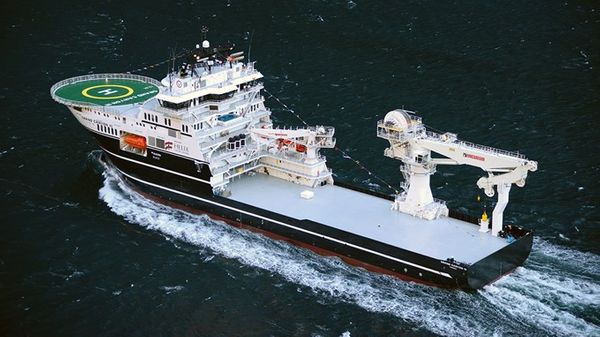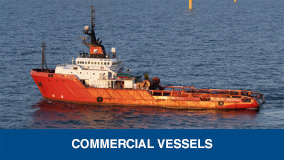


any ship, boat or any other type of craft capable of navigation that is used for a commercial purpose including a dinghy lighter barge punt raft houseboat air cushion vehicle or other ground effect craft but does not include seaplanes, other aircraft or any vessel that belongs to, or is operated by, the Australian Defence Force or.AUSTRALIAN WATERS includes internal waters of the States and Territories.AUSTRALIAN MARITIME GROUP (AMG) is the Maritime Standing Sub-Committee responsible for providing maritime policy and technical advice to the Senior Officials' Committee (or its successor).Unless otherwise specified, the following terms and definitions, subject to the Office of Parliamentary Counsel legislative drafting processes, are used throughout this Agreement:.

The relevant Standing Council responsible for commercial vessel safety is authorised to agree the Schedules and changes to the Schedules attached to this Agreement.However, that does not lessen the Parties' commitment to this Agreement. The Parties do not intend any of the provisions of this Agreement to be legally enforceable.This Agreement will commence as soon as it is signed by all Parties, and will operate indefinitely unless the parties by unanimous agreement in writing revoke it.This Intergovernmental Agreement is between the Commonwealth of Australia and the States and Territories.The ongoing role of State and Territory maritime agencies in service delivery is integral to the national system. In entering this Agreement, the Commonwealth and the States and Territories recognise that they have a mutual interest in a national system for commercial vessel safety regulation, and affirm their commitment to work cooperatively to achieve this outcome.This Agreement is not intended to govern arrangements pertaining to AMSA's current functions under the Navigation Act 1912 or its successor Act.This Agreement sets out the principles and processes to implement the Parties' decision to deliver a national safety system for commercial vessels that is effective, consistent and efficient minimises legal and administrative costs and does not result in an overall increase in regulatory burden.A Statement of Intent is attached at Schedule C to this Agreement. Specifically, the Parties agreed on 2 July 2009 that the Australian Maritime Safety Authority will be the national safety regulator for commercial vessels in Australian waters. The Parties to this Agreement agreed in 2009 a national regulatory reform agenda to establish national systems for heavy vehicles, rail safety and commercial vessel safety that is aimed at improved safety and reduced costs and regulatory burden for Australian transport companies.Maritime safety regulation is identified as a competition reform priority in the National Partnership Agreement to Deliver a Seamless National Economy and this Intergovernmental Agreement (the Agreement) should be read in conjunction with that agreement and subsidiary schedules.An agreement between the Commonwealth and the States and Territories on the establishment of a national maritime safety jurisdiction and regulator for all commercial vessels in Australian waters.


 0 kommentar(er)
0 kommentar(er)
